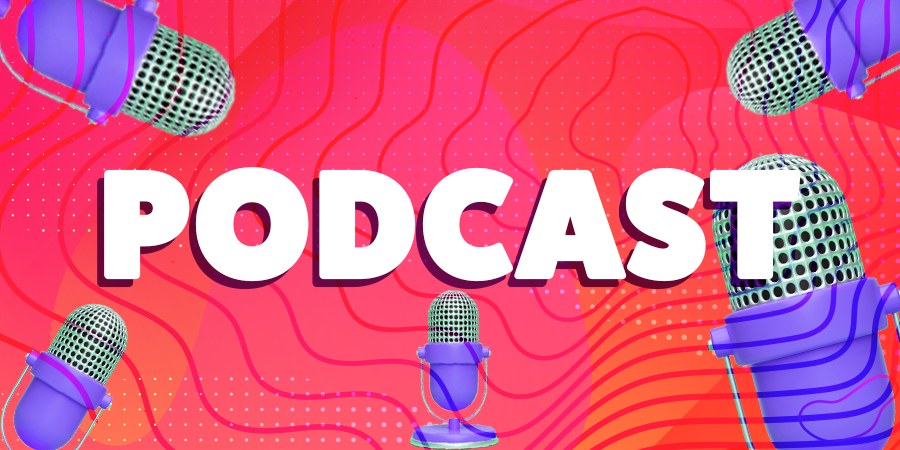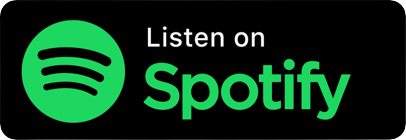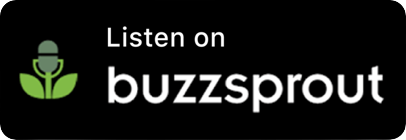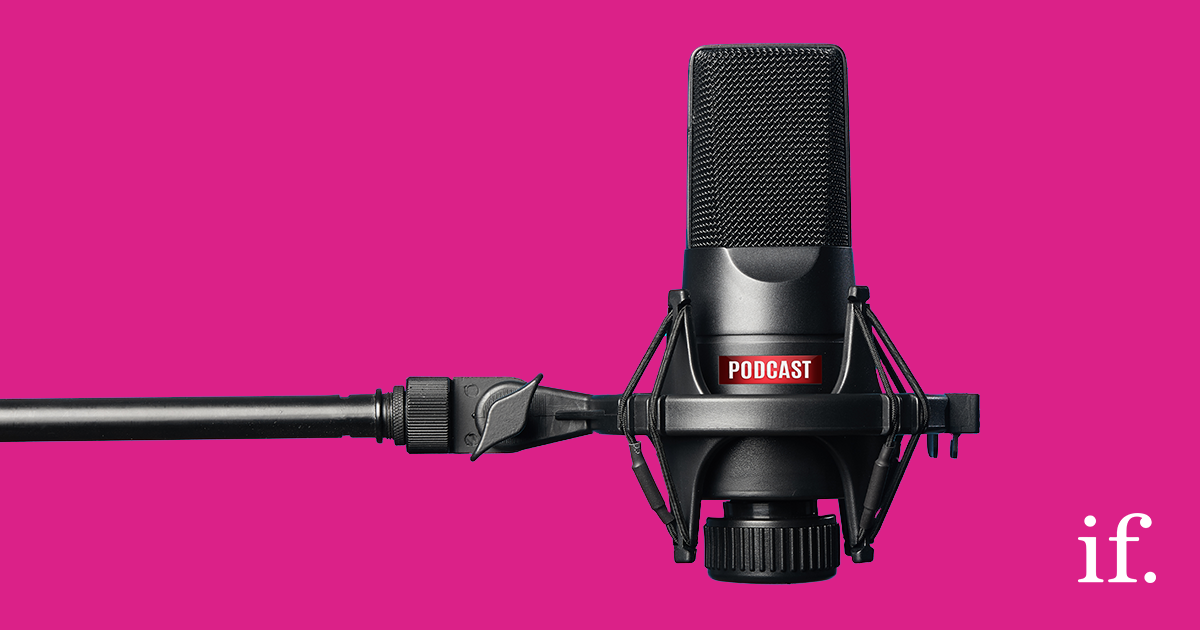Ep 7: Serious Social – Getting your paid social on-point
New to paid social, or looking to brush up – we’ve got some top tips and insight for you.
If you’re after more know-how to break the social boring, subscribe now.
Full Transcript
Welcome to the Serious Social podcast, created by the straight-talking social media experts at immediate future.
It’s time to get your paid social on-point. This episode was recorded live on Facebook, on Friday 1st May 2020.
Belle –
Today I’ll be talking about paid social. So, you might be new to it and you might be considering it for the first time, because we’re all in a bit of a new digital world, or you might just be looking to improve it slightly. Hopefully today you’ll be able to take away a few hints and tips – because, clearly, there’s been a lot of behaviour change recently.
We’re all socialising, working, exercising and shopping very differently to how we used to be, and more online activity from everyone means that there’s a larger pool of potential customers. Some people will be shopping less, of course, but those who do have financial stability, they have more money on their hands, and more time to go shopping online. We’ve seen some increases in sectors like arts and crafts, homeware, beauty, loungewear, as you can imagine, they’re all in strong growth and gifting is also on the up – so we can’t go and give a hug but we can send some treats or flowers or practical things, actually, to friends and family. In the last recession actually, there was a trend that was talked about called the ‘lipstick trend and that’s where we’re all spending less generally, a little bit less on most things, but actually people might be increasing their spend on the smaller little luxury items like lipstick, for example, because in times like these we do find that retail therapy really kicks in, so businesses should possibly be looking at messages that will help lift the spirits, and offers, if they can do anything to help people at the moment.
A few months ago you might have been driving intent-to-purchase through traditional media, but it might actually be unattainable to do that right now, so you should be aligning your digital strategies, really, and your social media can drive intent-to- purchase and tie into your PPC, for example, and the beauty of paid social is that we can shift strategy and optimise in real-time. So not everyone can do this but IF we do that optimising real-time “stuff”, so if you’ve had to pivot your strategy, maybe you’ve had to pivot away from in-store launches or activation in public spaces, for example, you might be unpicking it all and then you can dial up social.
So, I’ve got a few top-line points when it comes to approaching your paid. Firstly, choose your platform – and we’ll start with Facebook and Instagram (which is where we are live today)- both largely consumer-focused and there are a lot of big brands who are unable to trade right now so they’ve pulled back on their advertising and that means we’ve heard of some CPM’s dropping by, like, 60% in some cases, which is good news, and more good news is that Facebook have now said that they are not going to make their campaign budget optimisation mandatory on all campaigns now – which is, because some of the feedback has been that the results of that have been a little bit mixed so they decided not to do that. This platform is the most developed, and it’s combined Facebook and Instagram together, so it’s the most developed and there’s lots of options and wizards to help you with paid, but there are also some real pitfalls to think about.
So, I’ll take a few examples – firstly the 20% text rule. So, this is a rule where you Facebook limit the amount of text that you can put on an image and, for good reason really, because if you include loads of text it can look really awful, but sometimes it fails, so it can recognise lines as text, mistakenly, and it can be really frustrating not to get your ad approved when you think that it’s going to be, okay, so do use the tool that they offer to check your creative before you go on and try and submit it to the ads.
Another ad policy is the “you rule”, so, for example, copy for any ad might be rejected for this, but an example might be medical or health products – if the text says something like “are you feeling ill?” so – you’re not allowed to assert ANY assumptions about your audience, so you can imagine that maybe religion, ethnicity, might be kind of obvious ones – don’t assume things, and don’t write copy that does, but actually it can also be triggered by financial situations, talking about people being in debt, or mental health, or even using specific names. So, watch out for that one.
Another example is your feedback score. So you might be having trouble with supply chain, there are a lot of people having tricky situations right now, and you might have some delays in your deliveries, and that could be driving some complaints or negative reviews on your page, and that can actually affect the price that you pay for impressions. So, try and be as transparent, as clear as you can with your audience so that you’re not hampering your approach into paid. Ads support – now this isn’t just on Facebook and Instagram, it’s actually most of the channels. Facebook, well any ad support, the chats can be a little bit slow! Sometimes they’re not working quite as well as we would like them to, so when you’re looking for ad support it can be quite tricky to get the right feedback – we’re lucky as Facebook partners we can go direct to a lovely rep who will always help us out, so maybe if you’re struggling give us a call!
It can be really tricky to get through to them but persevere if you are having trouble.
There are loads of rules on this platform, and actually all the platforms so, they would take days to cover them so, we’ll move on to another platform talk about that a bit, so let’s look at Twitter.
There’s loads of potential with Twitter, so, in fact, their Q1 growth was 24% which is the most since they started the platform, and it can be very cost-effective, but the volume of content that’s on there means this is a platform where consumers are scrolling faster on here than anywhere else, so it can be really difficult to get cut-through and to stand out. The targeting options for paid are centred more around interests than demographics so it’s better used for maybe wider target groups, than niche. Watch out for false success on this platform there, is a tiny tick box that you might want to look for and switch off, which is to do with audience expansion. So often the network expansion that Twitter has means that your ads will hit inside game apps where they require the users to click on an ad to progress in the game. It may be relevant for you, but actually, for a lot of people, that’s not going to be the quality audience that they want to reach.
If Twitter is the bored teenager, then LinkedIn is the boardroom – the majority of users on LinkedIn are looking for a quality professional content and they probably won’t be receptive to the quirky, fun ads that you might use on other platforms, and due to the perceived value of business audiences’ time, this can be the costliest platform and can be expensive – sometimes targeting options can look pretty limited. It is all centred around job titles and company, they are catching up with the industry and they do have some brand awareness options now and they just released some new targeting around the size and value of a business which might be useful – they have also just announced, released the ability to create events on your company page which is something that we use for our sessions so have a lookout for what they’re developing. Those are the big four in terms of channels. But there are opportunities of course on Pinterest, Snapchat TikTok – perhaps I’ll revisit those in a later session because we like to keep these ones quite short and sweet for your morning!
Next in your thinking about paid is to define your audience and budget. So, social is really noisy right now, so you might simply start off by creating a small campaign for your engaged audience, people who are already following you – targeting your existing page followers and likes with key messages. It’s very cost-effective to do this, because they’re already engaged with you so it could be worthwhile reminding them of what’s going on with you at the moment, what you can offer, just kind of saying how things are going just keep in touch. Outside of that, building audiences – it’s a bit of a skill and it does take lateral thinking and time to do, and but you can start with a guesstimate on what demographics you’re trying to reach, maybe what interests you think your audience has, and then you can test and learn from that. A top tip, though, don’t go too niche, that’s quite important, so cutting down your reach at the start of a test and learn campaign by trying to really narrow the audience will result in poor stats while the platforms are trying, in vain, to apply their algorithms and distribute impressions, if you’ve got too small an audience, they just can’t do it.
Budget, of course, will be determined by your available funds, so it will vary wildly, there’s absolutely no way to say everyone should start with X amount of budget when they try out paid, but Facebook and LinkedIn particularly have quite good tools when it comes to setting budget, it will help you determine what size the audience is, look at your available funds, at the time period and then help you understand how many people you’re going to reach, which is really useful, so you can test out strategies around how many people you’re going to reach and what period of time. Also think about testing strategies right now around time day, day of week because consumer habits are changing rapidly at the moment in terms of how often and what time of day that we’re online. But also in terms of the device that we’re using – there’s certainly been an upward trend in people accessing social via desktop, because, where it used to be that we’d spend time at our desks in an office and then actually on social media on our phones. Right now, if I finish at my desk at home and I think I’ll just go and browse social media now, I might well do it on the laptop instead, so just consider that when you’re looking at what strategies to build.
Okay, next objective and goal. Are you branding or are you selling? And even if you’re most interested in sales of products, you can’t expect consumers to click through and purchase from a single ad – and it can happen but you shouldn’t really expect it to you might be better off using sequential ads to showcase the brand or the product USP first, and then pick a conversion objective a bit later on, down in the next phase, even a week or two after that showing them the first brand style ad.
Measurement, of course, is really key to understand how things are working and where you should reinvest, we have got a Serious Social video, and a podcast about this already, so, I’m not going to go into loads of details I think one of my colleagues will pop a link into that if you want to check it out, but what I will say is when it comes to measurement is to plead with you not to try and set really strict KPI’s at the beginning of a paid campaign when you have no results to base it on – test and learn, expect that you’re going to need to spend some money at whatever level you can to understand how your audience will respond and how well your ads will work, then look at setting the KPI’s and then look at how you can reinvest.
Okay, that was quite a lot to get through and it is impossible to give you all the tools you need in just one session because paid social is complex, but one thing it must do is to work alongside your organic social. Customers will always research before they buy, we know that people want to know customer reviews, peer reviews, recommendations and your website can do some of the hard work for you to make sure that you’ve got all of that surfaced, but if they want to feel safe in their purchases they are going to be checking you out on social as well, they’re going to be looking at the content that you put out, and so really the type of content that resonates at the moment with consumers is something that’s transparent, that is kind, that’s relatable and sincere. So, we’re seeing quite a lot of good results on user-generated content at the moment, that’s performing well so, for example, somebody’s tagged your brand in a post and you can request to use that and then share that on your channels and thank them for sharing that with you. So, it’s back to that reciprocity that I mentioned in live a couple of weeks ago. So, we’re seeing that perform well but you need to do your research, to go away and find out what is going to perform, what could your customers really want to see on social, and then you can create. the content that really drives awareness and engagement. If your content organically is performing well and you’re getting engagement, that is what is known as social proof – at that point, you could take that existing ad and you can either repurpose it and use it in your paid, or in the majority of times you can click to use that piece of content as an existing ad within your ad build for paid ads. So not only will new customers come into your business and see that you’re doing something great, but they will also understand how other people are reacting to your content. Create content that’s driving awareness and engagement and think about how you can repurpose that in your paid. I’m going to complete the session here by just saying that the best thing to do with paid social is to try it out, just to test and if you want any advice or recommendations you can check out all of our blogs – we have lots of information on there.
If you’re after more know-how to break the social boring, subscribe now and check out the show notes for links to our website and social profiles.




